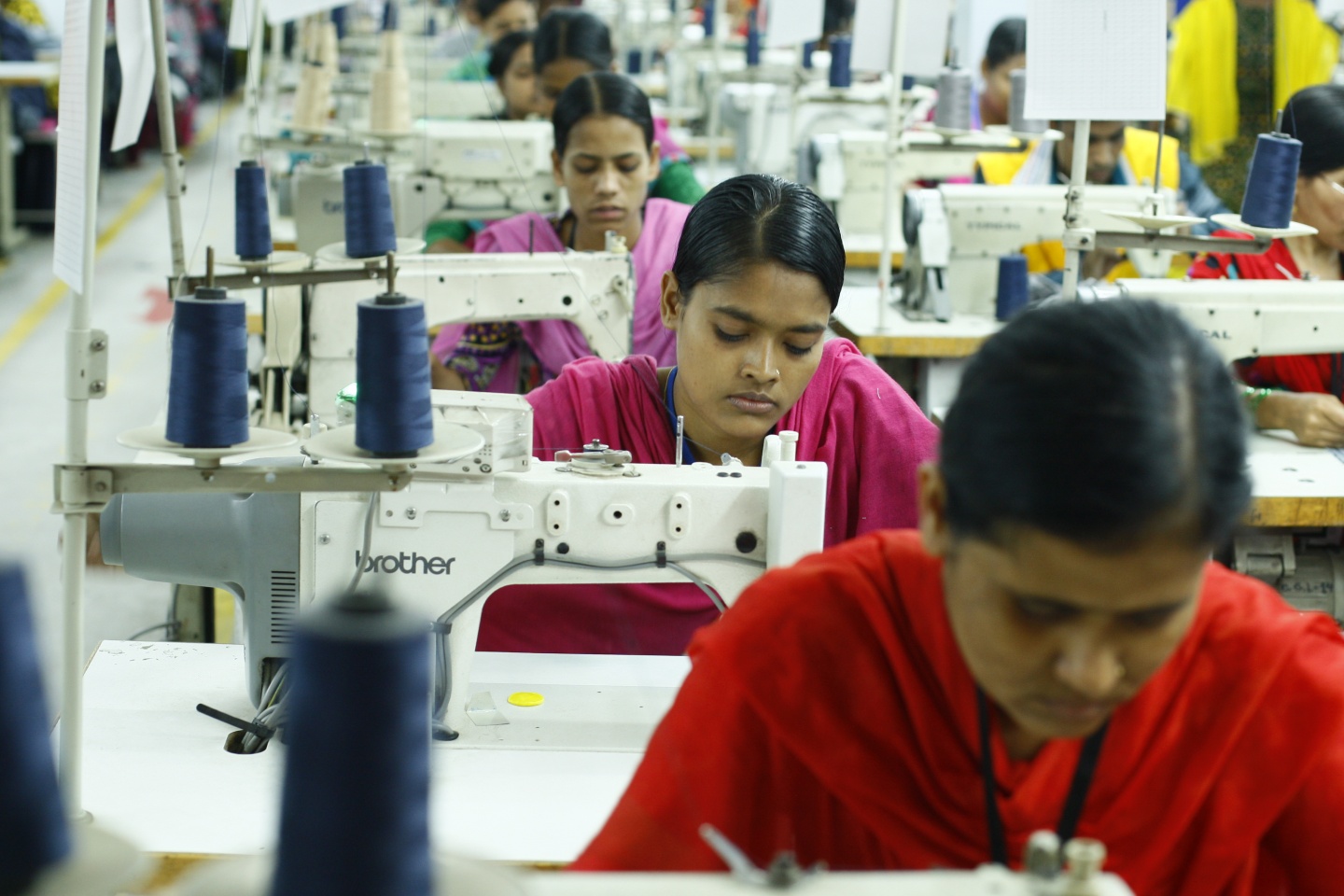24 April, 2019Six years after Rana Plaza, the deadliest disaster in the garment industry, independent and transparent fire and building inspections by the Bangladesh Accord have transformed the safety of thousands of garment factories in the country, writes Jenny Holdcroft, assistant general secretary, IndustriALL Global Union.
Brands produce a lot of information about what they’re doing to improve conditions in their supply chains, but it’s only through transparency that this information can be verified.
Transparency allows us to assess whether the strategies companies are using are effective, for example, checking to see if living wage strategies actually result in higher wages for workers.
This year’s Transparency Index produced by Fashion Revolution shows that just 17 per cent of brands reveal how they’re implementing their approach to paying living wages to workers in their supply chains, and only 4 per cent report on their progress.
With increased transparency, we can make the connection between corporate social responsibility policies and their impact on the ground.
Extending transparency to cover purchasing practices is an essential next step. Whatever social responsibility measures a company is taking, these can be undermined by its own buying practices. There’s no point in brands saying they support decent working hours if they expect suppliers to meet increasingly tight lead times.
Only 9 per cent of brands surveyed by the Index have a formal process for gathering supplier feedback on brands’ purchasing practices. Transparency opens a conversation between companies and trade unions about what needs to change in the way brands do business with suppliers, to stop the downward pressure on wages and working conditions.
While an encouraging 76 per cent of brands publish a policy on freedom of association and collective bargaining in their Supplier Code of Conduct, only 4 per cent disclose the number of supplier facilities that have independent, democratically elected trade unions.
Transparency around the presence of trade unions in supplier factories, and the existence of collective bargaining agreements, will expose the devastating impact of decades of hostility to trade unions from employers and governments, resulting in extremely low levels of representation of workers.
The stark reality is that taking a supposedly neutral stance on freedom of association does nothing to remove the huge barriers to workers exercising their fundamental right to organize, and that if garment workers are to have better wages and working conditions, concrete measures need to be taken to make it easier to join a union and bargain collectively.
